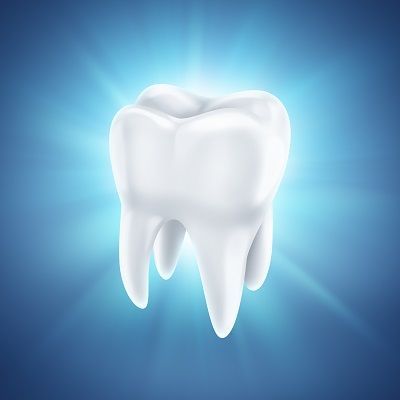We Do Not Accept Medicaid or HMO Insurance Plans
Laser dentistry is a fairly new dental field that offers more comfortable treatment options for many dental procedures. LASER stands for “light amplification by the stimulated emission of radiation” and uses a narrow-focused beam of light energy. Lasers make many treatments less invasive, more efficient, and more economical. Issues that are treatable with laser dentistry include:
- Cavity detection
- Fillings and other restoration prep
- Tooth sensitivity
- Teeth Whitening
- Canker sores and cold sores
- Removing infected gum tissue
- Excising a benign (non-cancerous) oral tumor
- Sleep apnea-related throat tissue removal to fix breathing or snoring issues
- Nerve regeneration
- Treating tongue frenulum attachment
Dentists use lasers in myriad different procedures that take place on the inside of the mouth, whether to eliminate some slightly excessive gum tissue, to reshape gums, or to brighten teeth that have become yellowed or stained by food, drink, or tobacco habits.
In some cases, laser dentistry can be helpful for kids who get anxious or scared when having dental procedures completed. Lasers are not loud like a traditional drill, and they promote blood clotting, which can minimize bleeding and speed up healing.
Types of Lasers
There are different types of lasers, each of which interacts with the tissue in the mouth differently. For this reason, dentists must use a couple of different types of laser beams to perform a laser dentistry procedure. Laser beams operate at different wavelengths, and these wavelengths affect the gum tissue in different ways. The two main categories are soft tissue lasers and hard tissue lasers. By changing the wavelengths of light used, dentists can be very precise with treatment.
Soft Tissue Lasers
Soft tissue lasers are designed to be absorbed by hemoglobin (blood cells) and water. The gums are filled with blood, which contains a lot of hemoglobin molecules. This makes soft tissue laser beams the tool of choice for operations where the gums are involved rather than the teeth or bones. A nice side benefit of this type of laser is that when they cut through a blood vessel, they also seal it up right away to prevent bleeding or infection.
Hard Tissue Lasers
Hard tissue lasers are used when a dentist is working with the teeth rather than with the gums. These lasers are optimized to slice through bone or more specifically through the calcium phosphate that is the main ingredient in bones and teeth.
Regardless of which type of laser dentistry procedure you are thinking of having performed, you can expect less pain, reduced risk of infection, and faster recovery times from this advancement in dental procedure technology. Be sure to ask your dentist about laser dentistry options the next time you have an exam or cleaning.
Request an Appointment
For more information or to request an appointment, call us at (703) 858-9067 or complete the contact form.
Contact Us
We will get back to you as soon as possible.
Please try again later.
What Happens After I Send My Message?
Our front desk will review your information.
A staff member will contact you as soon as possible.
We will work with your schedule to set an appointment.
Office Information
Our Services
Quick Links
Office Hours
- Monday
- -
- Tuesday
- -
- Wednesday
- -
- Thursday
- -
- Friday
- -
- Saturday
- Closed
- Sunday
- Closed
We are open every 2nd Saturday of the month from 8:00 am - 2:00 pm.
Contact Us
Loudoun Family and Cosmetic Dentistry



